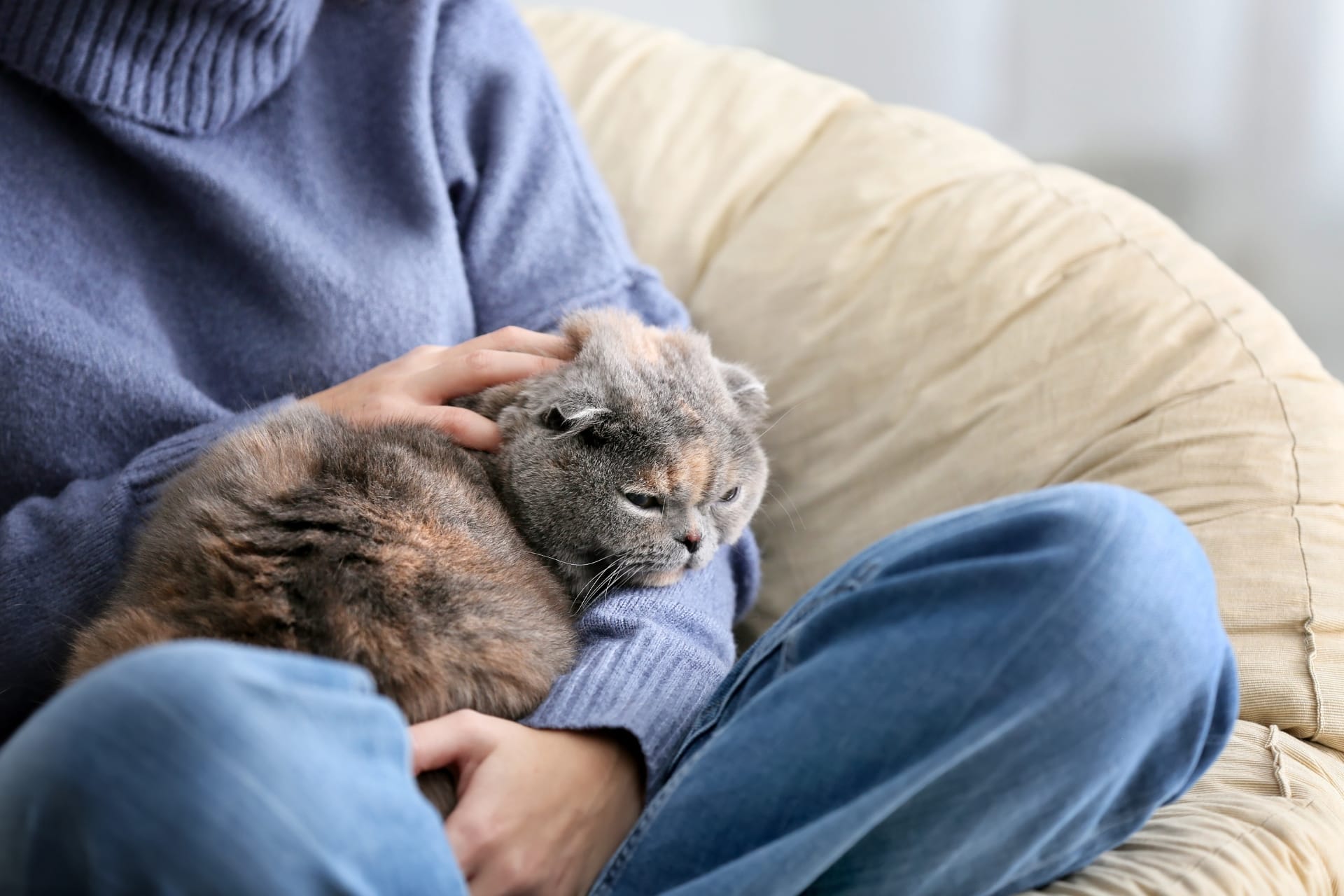TL;DR: Prepare your dog for a sitter by maintaining routines, arranging introductions, providing detailed instructions, prepping the house, setting communication expectations, sharing quirks, packing supplies, and planning for emergencies.
Leaving your dog with a sitter for the first time can feel like handing over your child to a new babysitter – there’s excitement about your plans, but also a healthy dose of nerves. Whether it’s for a weekend getaway or a longer trip, making sure your dog is ready for this temporary change is essential for their comfort – and your peace of mind. If you’re not sure where to begin, this guide to finding a local pet sitter you can trust breaks it down step by step.
Fortunately, a bit of thoughtful prep can make all the difference. In this guide, we’ll walk through everything you need to do to prepare your dog for a sitter, from maintaining their routine to leaving detailed instructions. With the right approach, your dog can feel safe, calm, and cared for while you’re away.
Keep Their Routine Steady
Dogs are creatures of habit. Sudden changes – especially involving their primary human disappearing for a few days – can throw them off. That’s why one of the best ways to ease the transition is to maintain their regular routine. Feed them at the same times, take walks as usual, and keep bedtime rituals consistent. If your dog is used to morning cuddles on the couch or a post-dinner game of fetch, make sure the sitter knows to keep that going. Routine isn’t just about schedule – it’s about emotional security.
Arrange a Proper Introduction
Imagine a stranger showing up to your home and trying to give you commands. Not ideal, right? Dogs feel the same. If possible, arrange a meet-and-greet with the sitter before your departure. Ideally, do it in your home so your dog sees the sitter in their familiar environment. Let your dog set the pace – some sniffing, a few treats, maybe even a short walk together can go a long way. A positive first impression makes the actual sitting experience far smoother for everyone involved.
Write Everything Down, Seriously
Even the most experienced pet sitter isn’t a mind reader. Your dog’s quirks, habits, and needs are unique, and it’s your job to communicate them clearly. Prepare a written guide that includes feeding portions and schedules, medication instructions, walk routines, favorite toys, and any specific behaviors your sitter should know about – like an irrational hatred of vacuum cleaners or a tendency to hide socks. Also, leave emergency contact info: your number, your vet’s details, and a backup contact just in case.
If you’re looking for a head start, Petme has a handy pet sitter instruction template that covers all the essentials.
Prep the House Like a Pro
Before the sitter arrives, do a quick run-through of your space. Make sure food, bowls, leashes, medications, and poop bags are easy to find. Leave out your dog’s bed, toys, and maybe even an old shirt with your scent to comfort them while you’re away. If there are off-limits areas or routines for pet-proofing (like keeping the bathroom door closed), note those clearly for your sitter. A smooth home setup helps the sitter focus on your dog, not a scavenger hunt for kibble.
Talk About Communication Expectations
Some pet parents want daily photo updates, while others prefer a single message to confirm everything’s okay. Whatever your preference, let the sitter know in advance. This avoids anxiety on your end and helps the sitter understand how much to check in. If you’re using a platform like Petme, chat options are already built into the system, making communication seamless and secure. A quick text and a photo of your dog napping in their bed can go a long way in keeping your mind at ease.
Share the Weird Stuff
This might be the most underrated tip: don’t leave out the weird stuff. Is your dog afraid of thunder? Do they bark at bearded men? Do they only pee on the third tree to the left in the park? Tell your sitter. The more your sitter knows, the better they can care for your dog and avoid potential stress or safety issues. This is especially important for dogs with separation anxiety, fear-based behaviors, or specific medical conditions.
Your inbox needs this
Subscribe to the Petme newsletter for weekly updates with pet care tips, tales, and member-only perks.

Pack with Purpose
You don’t need to overpack, but your sitter shouldn’t have to make emergency runs either. Make sure there’s enough food, treats, medication, waste bags, and any necessary supplements to last the full duration of your trip – plus a day or two extra in case of delays. Include your dog’s harness or leash (especially if they’re picky about which one), updated ID tags, and vaccination records if they’ll be around other dogs or visiting dog parks.
Expect the Unexpected
No matter how well you prepare, things can still come up. A thunderstorm. A missed walk. A chewed slipper. What matters most is that your sitter has the tools to respond confidently. Leave a list of contacts, your vet’s phone number, and any local emergency vet clinics nearby. If you’re traveling to a different time zone, mention the best times to reach you. You’ll feel more relaxed knowing everyone has a plan.
Final Thought: Preparation is Peace of Mind
Preparing your dog for a sitter doesn’t have to be stressful. In fact, a little planning goes a long way in making the experience positive for everyone—especially your pup. When you cover routines, set expectations, and build trust with your sitter, you’re creating a safe, stable environment for your dog even in your absence. And when they greet you at the door with their tail wagging and no sign of stress, you’ll know it was all worth it.
Need help finding a sitter who follows your instructions to a T? Platforms like Petme help connect pet parents with experienced, verified sitters—so preparation is all you need to focus on.
FAQs
How to prep for a dog sitter?
Maintain your dog’s regular routine, introduce the sitter in advance, and leave clear written instructions covering feeding, medications, walks, and emergency contacts. Ensure your sitter knows where supplies are and provide comfort items like familiar toys or bedding.
What are the red flags in a pet sitter?
Red flags include vague experience, reluctance to provide references, poor communication, no clear plan for emergencies, or negative interactions with your dog during introductions. Trust your instincts—if something feels off, it probably is.
Will my dog be ok with a dog sitter?
Yes, with proper preparation. Dogs adapt better when they’re introduced to the sitter beforehand and when their routine remains consistent. Providing comfort items and maintaining communication with the sitter helps reduce your dog’s stress.
How long is too long to leave your dog with a sitter?
Dogs can generally stay with a sitter for several days to a few weeks, depending on their personality and health. For extended periods, check in regularly and ensure the sitter provides companionship and exercise to avoid loneliness or behavioral issues.
What should I leave for my dog sitter?
Leave enough food, treats, medications, feeding instructions, leashes, poop bags, comfort items like toys or beds, and written care instructions. Also include your vet’s contact info and your own contact details in case of emergencies.











